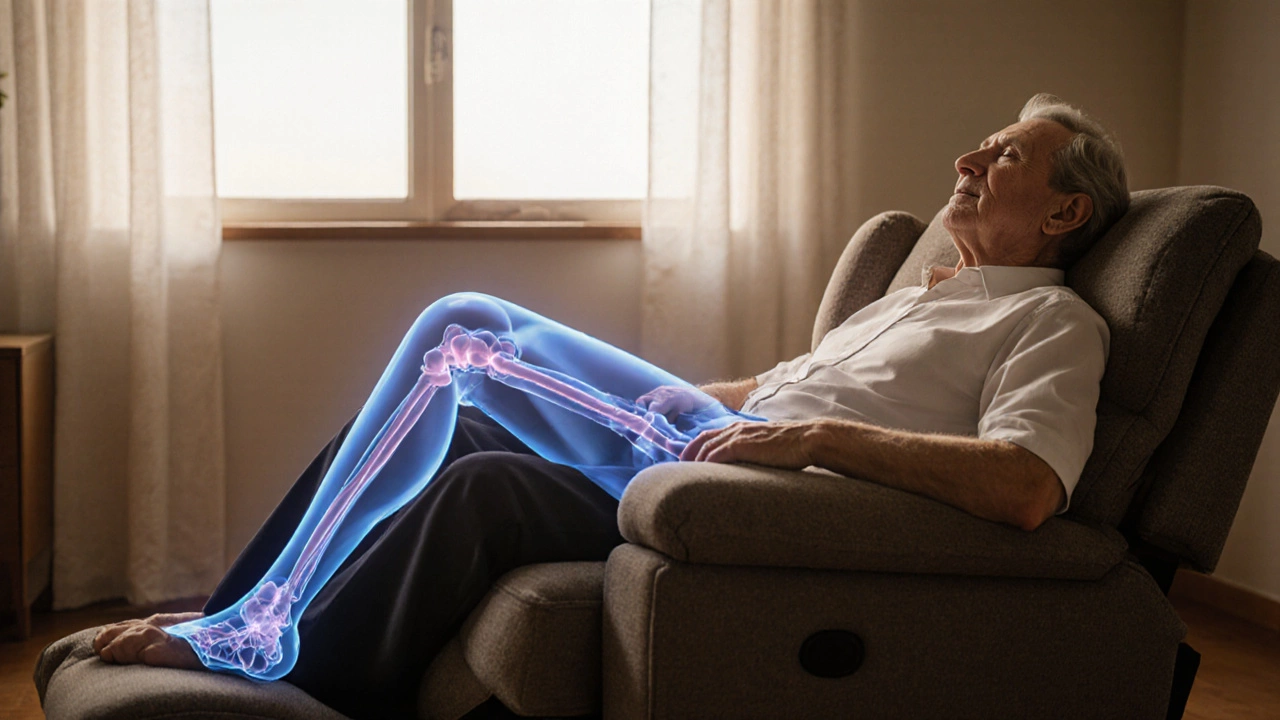
Why Walking After Sitting Feels Hard and How Recliner Chairs Play a Role
Learn why you feel stiff after using a recliner, the body mechanisms involved, and how to pick a chair that keeps you mobile.
When working with Recliner Chair Stiffness, the resistance felt while moving a recliner's backrest or footrest. Also known as recliner resistance, it directly shapes how comfortable a seat feels over long study sessions or lecture hours.
Another key player is the Ergonomic Chair, a seat built to support natural posture and reduce strain. Ergonomic chairs often incorporate adjustable mechanisms that lower recliner chair stiffness, letting users find the sweet spot between support and ease of movement. When an ergonomic design reduces stiffness, seating comfort improves, and the chair can serve both teachers and students without fatigue.
Beyond comfort, Furniture Durability, the ability of a piece to retain function and appearance over years of use, is tightly linked to stiffness. A recliner that’s too stiff may stress its internal springs, leading to early wear. Conversely, a well‑balanced recliner distributes force evenly, extending the life of the mechanisms and upholstery. Schools that invest in durable recliners benefit from lower replacement costs and a safer learning environment.
These three entities—recliner chair stiffness, ergonomic chair design, and furniture durability—create a loop: proper ergonomics lower stiffness, which protects durability, and durable pieces keep ergonomic benefits consistent. The posts below dive into specific ways to test stiffness, choose the right materials, and maintain your recliners for years of comfortable use.

Learn why you feel stiff after using a recliner, the body mechanisms involved, and how to pick a chair that keeps you mobile.